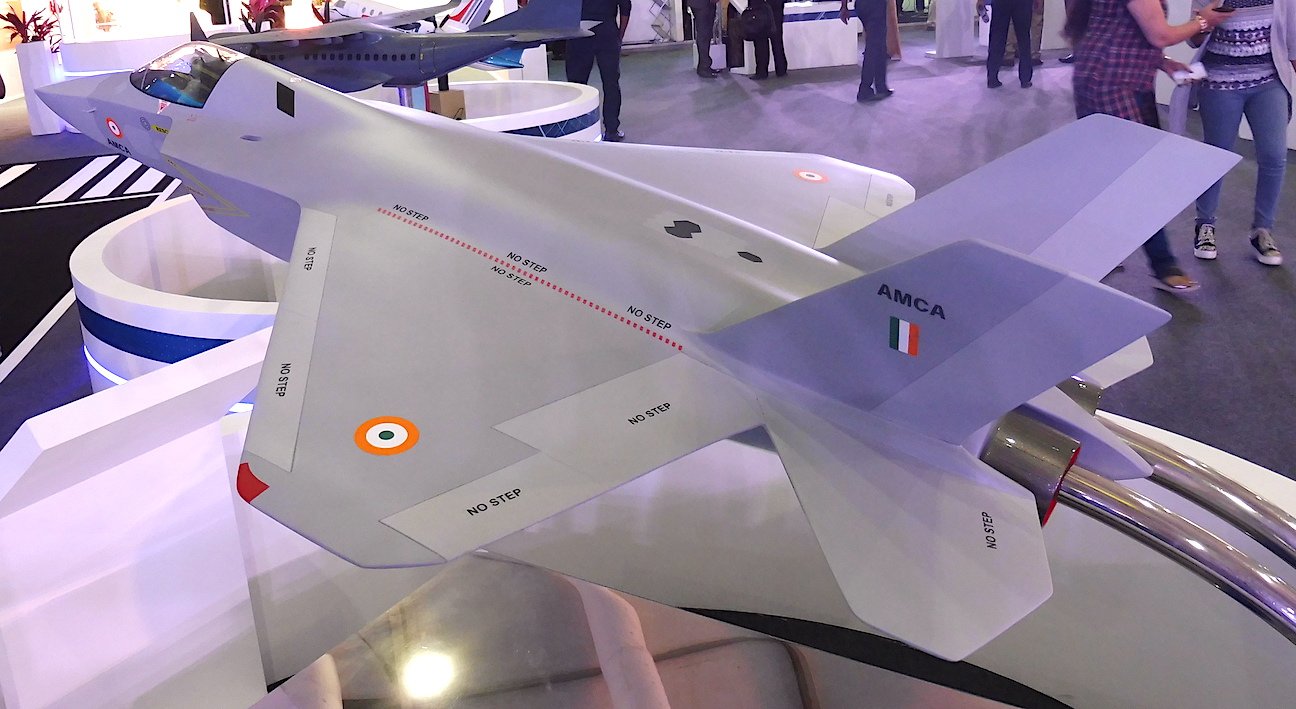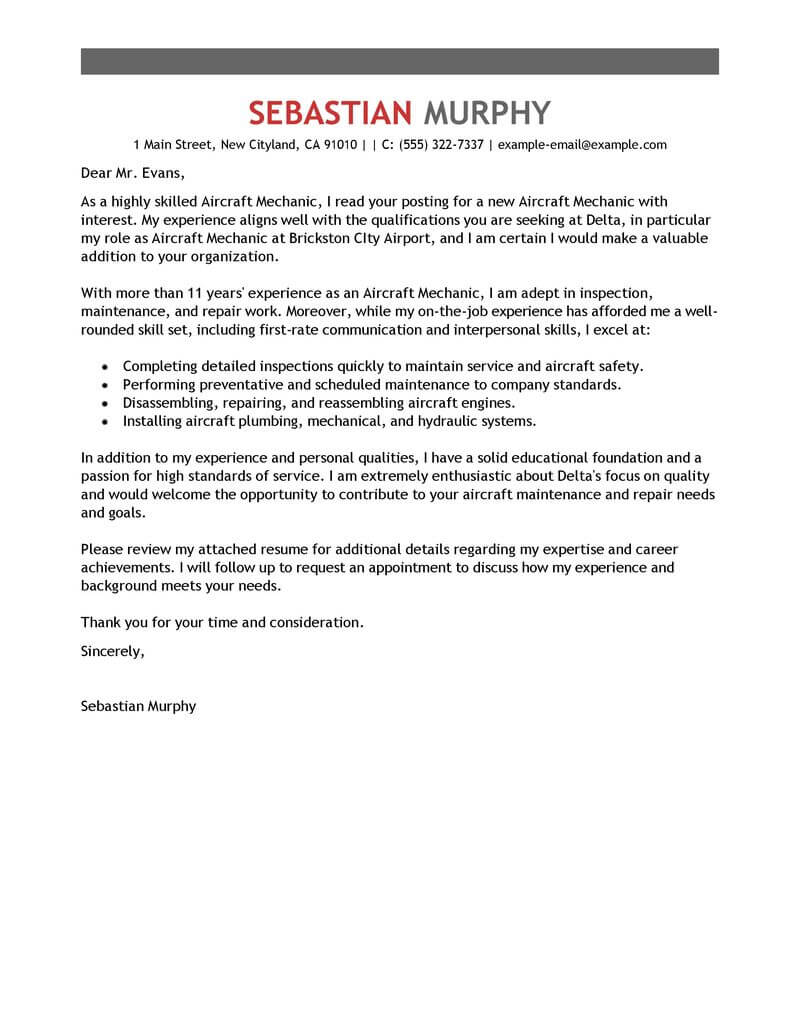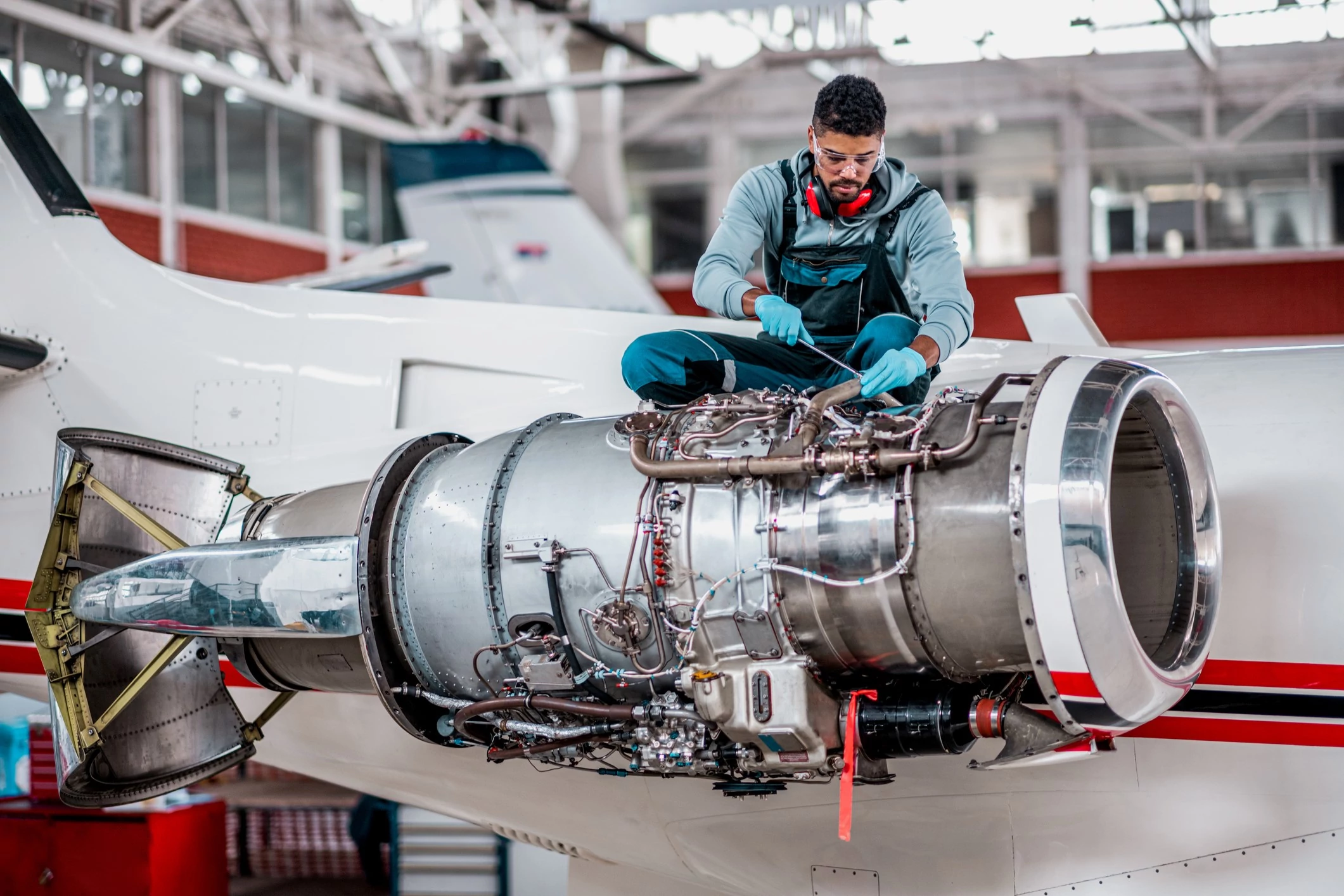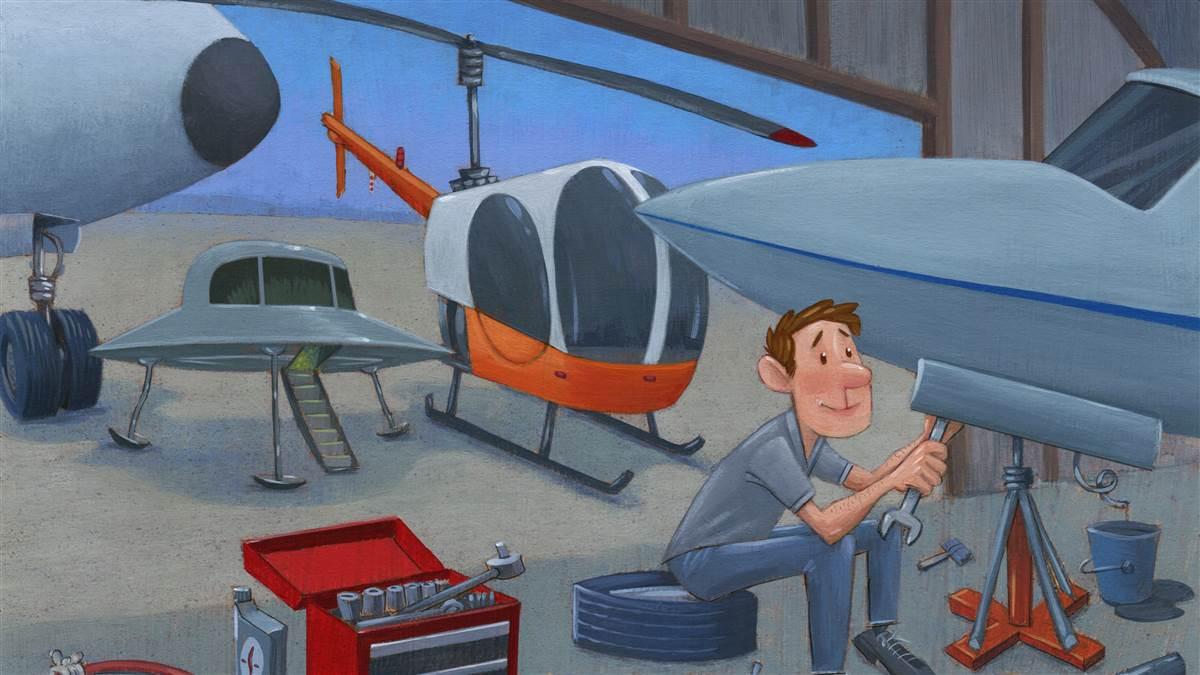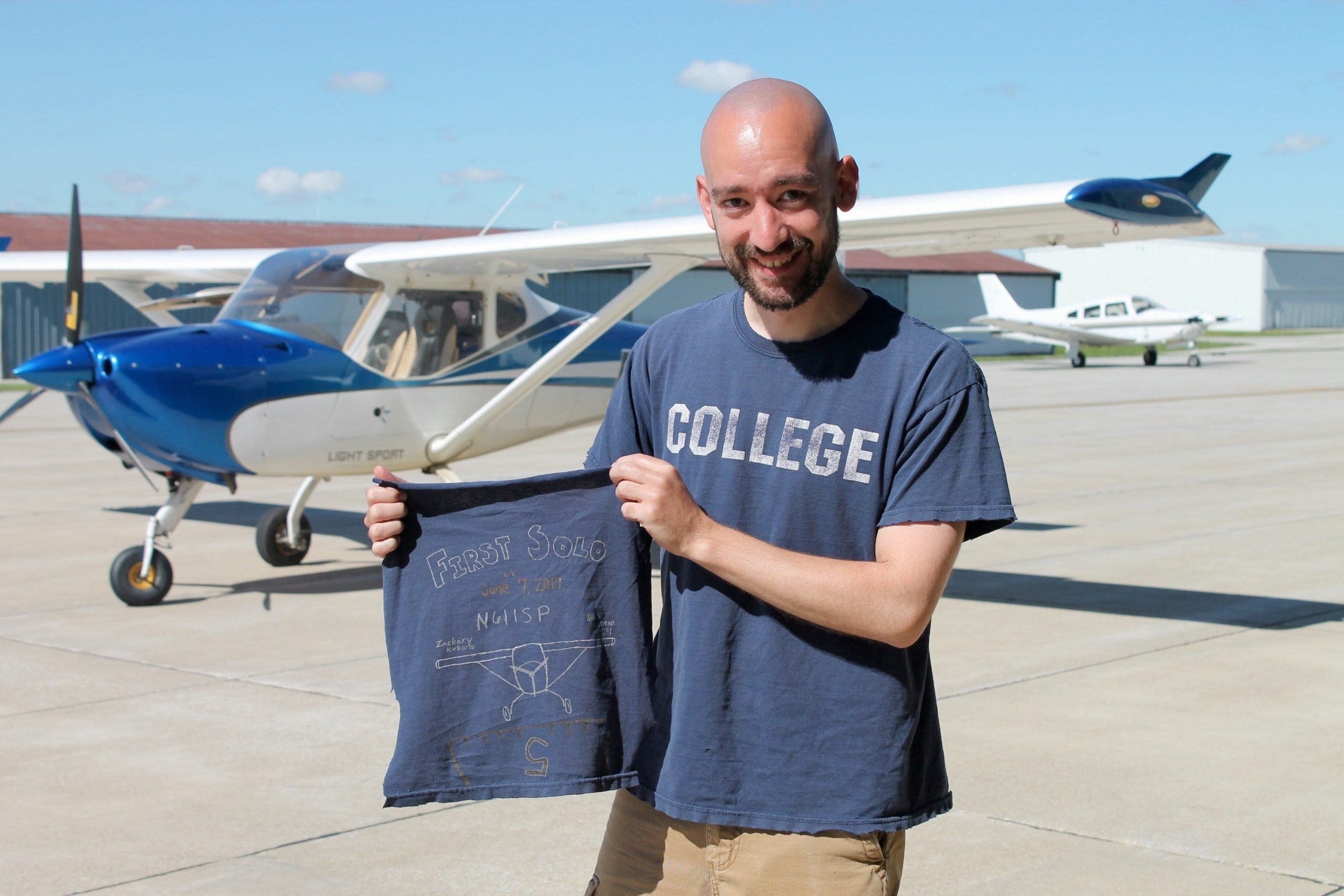Adf Aircraft - Ok, I know. Why are we talking about ADFs when there are VOR/ILS and GPS navigation systems around? I know the newer systems are more modern and more accurate. Still, the ADF was guiding pilots long before Y2K was a problem and will be available long after Y2K wipes out all those fancy GPS satellites.
Troubleshooting tips NDB radio frequencies are relatively low and range is usually limited. NDB radio waves can be reflected off the ionosphere. Shorelines, mountains, or cliffs can also affect them. Lightning and atmospheric static also emit radio frequencies that are close to NDB frequencies and they can affect ADF accuracy.
Adf Aircraft

These are all normal and natural phenomena. The program was initiated in 1985 by Gründer's predecessor, the South Belka Munitions Factory. The first two aircraft developed under the program were the ADFX-01 and ADFX-02 Morgan. Due to economic difficulties, their development lasted ten years and they were not completed in time for the Belkan War's end.
St Century
A World With No Boundaries commanded the South Belka Munitions Factory in late 1995; the company agreed to provide the ADFX-02 to the rebel organization on the condition that a skilled pilot fly it in order to gather combat data.
Larry Foulke flew the aircraft over Avalon Dam and was shot down by Cipher in a duel. Belka successfully retrieved the flight data from the aircraft's remains. The ADFX-01 was not completed until the Allied Forces took control of the South Belka Munitions Factory.[3]
When South Belka was reformed into North Osea, the factory was renamed to Gründer Industries and continued developing the ADF program. The company used the ADFX-02 flight data to determine which aspects needed improvement,[3] such as downsizing the Tactical Laser System, adding advanced sensors, and implementing stealth capabilities.[4]
By 1998, the first ADF-01 FALKEN was completed with these parameters. The Zone of Endless artificial intelligence was also developed and installed on the FALKEN. This model eventually made its way to the USean continent during the coup d'état.
At the end of the conflict, Phoenix shot down the ZOE-equipped FALKEN.[5] Essentially, ADF consists of an aerial loop which is rotated physically or electronically and detects the direction of minimum reception from the beacon relative to the aircraft direction.

This information can be used directly to home to the beacon; alternatively, the aircraft equipment combines the relative bearing with heading information from the aircraft compass to provide bearing position lines which may be plotted on a chart.
The manufacturer will set one null as the "to" null. For example, if both the loop and sense antenna voltages are in phase and add to each other prior to the null position, the loop antenna is facing towards the transmitter.
This will be set as the "to" null. The ADF needs both antennas to correctly point to the station. As you approach the station, you will begin to hear a high pitched tone. Continue rotating the knob and the tone will gradually decrease until you can no longer hear it.
At this point, the ADF is tuned to the station and the signal strength meter should also be at its highest peak. You should be able to clearly hear the station's Morse code identifier. Rotate the knob in the same direction and you will start to hear the tone again.
Adjust the tuning knob so that you can not hear the tone. Gründer continued to work on the ADF program into the 2010s as technology continued to advance. Gründer supplied, among other weapons, new drones to Erusea for the country to use in the Lighthouse War.
This included drone-controlled versions of the F/A-18F Super Hornet and Su-35S Flanker-E powered by data gathered by Mihaly A. Shilage under the supervision of Gründer's chief researcher, Dr. Schroeder.[7] They eventually developed the experimental ADFX-10 and deployed it in a mock battle, where attached to a RAW-F as an ADFX-10F Prototype Raven, it defeated 10 MQ-99s in a record 2 minutes.
It was later deployed for unknown reasons in August 2019 in Usea's northeast. Cyclops Squadron chased down the drone before Spare Squadron's Trigger shot it down over Bulgurdarest.[8] The sense antenna simply receives the electric portion of the electromagnetic field and produces a voltage that is always in phase with the transmitter.

By measuring the combined voltage of the two windings in the loop antenna and comparing that to the voltage received by the sense antenna, the ADF is able to determine the direction to the beacon. The receiver will "electronically" rotate the loop antenna (and pointer on the RMI) to achieve a minimum voltage output or null.
Prior to the null, the ADF receiver compares the loop antenna voltage to the sense antenna voltage. If both loop and sense antenna signals are in phase prior to the null, they will add to each other.
If both signals are out of phase prior to the null, they will subtract from each other. By adding and subtracting the two signals, the ADF can tell the difference between the two nulls. Automatic direction finding (ADF) is an electronic aid to navigation that identifies the relative bearing of an aircraft from a radio beacon transmitting in the MF or LF bandwidth, such as a Non-Directional Beacon or commercial radio broadcast station.
The VBR filter switch Transport category aircraft has a switch that is found on the audio select panel. These aircraft usually have multiple radios, nav aids, and audio integration systems and this switch has no effect on the ADF pointer.
Most ADF systems have a BFO switch mounted on the control panel. BFO stands for Beat Frequency Oscillator. With the BFO switch on, the ADF receiver generates an audio tone to help you tune in an NDB.
On the control panel, select ADF mode and turn the BFO switch on; then rotate the tuning knob. Advanced Dominance Fighter[1][2] is a series of aircraft developed and produced by Gründer Industries. The designations for aircraft in this series are preceded by the letters ADF.
Experimental or prototype ADF aircraft are instead called Advanced Dominance Fighter Experimental (ADFX).[2] Operation and controls ADF receivers have several operating modes that the pilot can select. In the ADF mode, both the loop and the sense antennas are used, the

pointer is activated, and the ADF tries to point to the station. (This is the normal mode of operation.) Rotating the loop antenna control switch in either the left or right direction will cause the loop antenna and pointer to move left or right.
Releasing the loop antenna control switch causes the loop antenna and pointer to rotate and point to the station again. The ADF indicator (RMI) consists of a compass card and pointer. In dual ADF systems, the RMI will have two pointers (for systems one and two).
The pilot manually sets the compass card or, if the airplane has a flux valve, the compass card is automatically slaved to the aircraft's magnetic heading. Despite the ADFX-10's destruction, Schroeder continued to gather data from Mihaly while Gründer developed the latest fighter in the ADF series, the ADF-11F Raven, based on EASA's demand for "the ultimate in survivability".[9]
Two ADF-11Fs were manufactured and installed with the latest of Mihaly's combat data. On October 31, 2019, they arrived at the International Space Elevator and engaged the Osean and Erusean coalition forces in the area, forcing surviving pilots to retreat.[10]
The drones waited for the space elevator to power up again following the events of Operation Daredevil in order to mass-produce ADF-11Fs across Usea. The following day, the surviving coalition forces mounted an assault to destroy the two drones, and Trigger eventually destroyed both of them before they could send their data.[11]
Some ADF control panels have a test position. Rotating the mode control switch to "test" will perform a self-test of the ADF system. In the self-test mode, the pointer will move to 45 degrees left of the lubber line to a heading of 315. The lubber line is a little arrow or line at the 12 o'clock position on the RMI.
The ADA-01A and ADA-01B ADLER, as variants of the ADF-01 FALKEN, are considered to be related to the series. However, since their designations start with ADA instead of ADF, they are not officially part of the series.
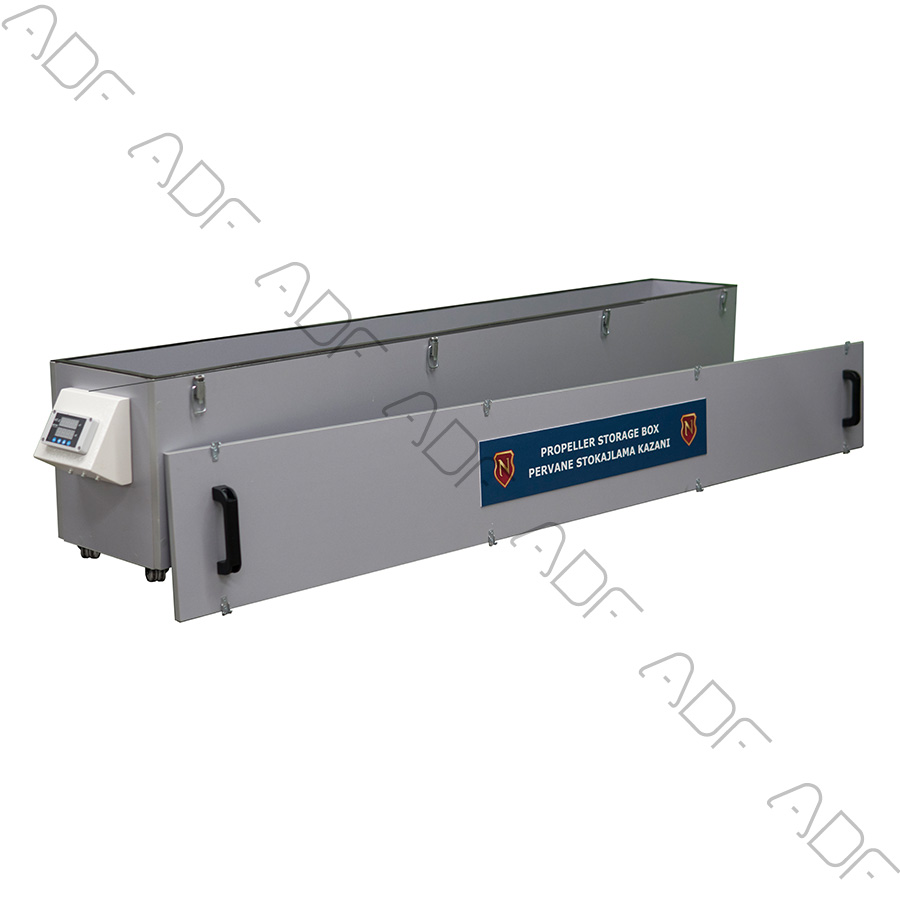
Basically, it allows you to select either Voice or Range or Both audio filters in the ADF, VOR, and DME receivers. In the V position, the DME audio is grounded and voice audio can be heard on the ADF and VOR receivers.
(This is another good choice for listening to that ball game.) In the B position, both Voice and Range filters are bypassed and all VOR, DME, and NDB audio can be heard. In the R position, DME audio is again grounded and the VOR and NDB Morse code identifier signals can be heard.
If you are tuning in your local AM broadcast station, use the V position. If you are tuning in an NDB station, use the R position. In the ANT mode, the loop antenna is disabled and all receiving is done through the sense antenna.
The pointer should not move even if you turn the loop antenna control switch left or right. (This is the best mode for listening to your favorite ball game.) It is also good for identifying the station.
Sometime within the next 10 years, Gründer improved the ADF-01's blueprints and offered them to Yuktobania, leading the country to develop its own copy of the airframe. Development was split between several facilities across Yuktobania, including one large development plant, but they could not complete a working model before Osea raided the facilities during the Circum-Pacific War.[6]
Non-Directional Beacon frequencies Aeronautical non-directional beacons broadcast on relatively low frequencies (200 to 415 kHz). The ADF will also receive the standard AM broadcast band at 550 to 1600 kHz. Land-based aeronautical navigation aids such as VORs and NDBs have a two- or three-letter identifier broadcast in Morse code.
Some NDBs also broadcast audio, usually weather information. Here's a tip — Get a local VFR sectional chart. It will tell you the frequency, Morse code identifier, and direction to the NDB stations nearest to you.

A pilot may complain that he can receive the station but the pointer wanders back and forth. It may be possible that there is nothing wrong with the ADF system. If you have the opportunity to debrief him, ask if there were mountains, cliffs, shorelines, or lightning in the area.
Theory of operation A ground station is shown on the charts as Non-Directional Beacon (NDB). They are called non-directional because they do not contain any directional information. The NDBs transmit equally in all directions, like waves caused by a pebble that has been thrown into a pond.
Radio waves from an NDB create an electromagnetic field. The electric field is called the E-field and the magnetic field is called the H-field. The E and H fields are perpendicular in space, and their amplitudes vary like a sine wave.
If you're not confused yet, keep reading. The ADF is an Automatic Direction Finder. It will do exactly what its name says. The ADF automatically points in the direction of the NDB (Non-Directional Beacon) you tune in — roughly the same way a kid will continuously point to his favorite toy store while you try to drive past it.
If the loop mode is selected, the sense antenna is disabled and all the receiving is done through the loop antenna. Rotating the loop antenna control switch in either direction will cause the loop antenna and pointer to rotate in the selected direction for as long as the switch is held.
Releasing the control switch causes the loop antenna and pointer to stay where it is. You may also notice that the reception gets better when the pointer is 90 degrees away from the station and worse when the pointer is either pointed directly at or 180 degrees away from the station.
Yes, the trusty old ADF can trace its roots back to the late 1920's. It is the grandfather of all radio navigation aids. In fact, it's been around so long that I bet many of you have forgotten how an ADF system works or, why it needs both a loop antenna and a sense antenna.
And, what the heck is that BFO mode good for anyway?
automatic direction finder adf, adf radio, airplane adf, automatic direction finding, aircraft adf system, adf beacon, adf instrument, aircraft adf antenna

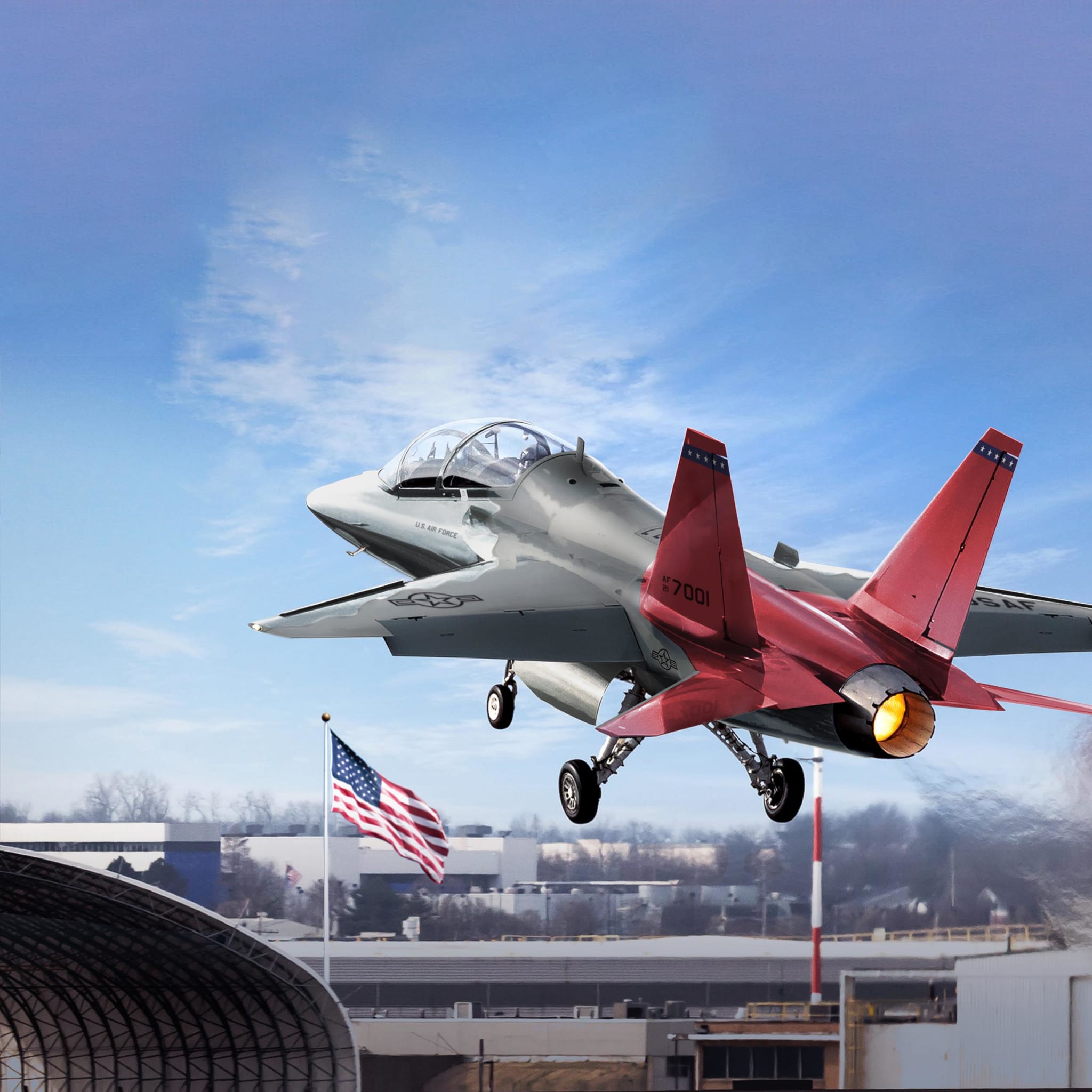
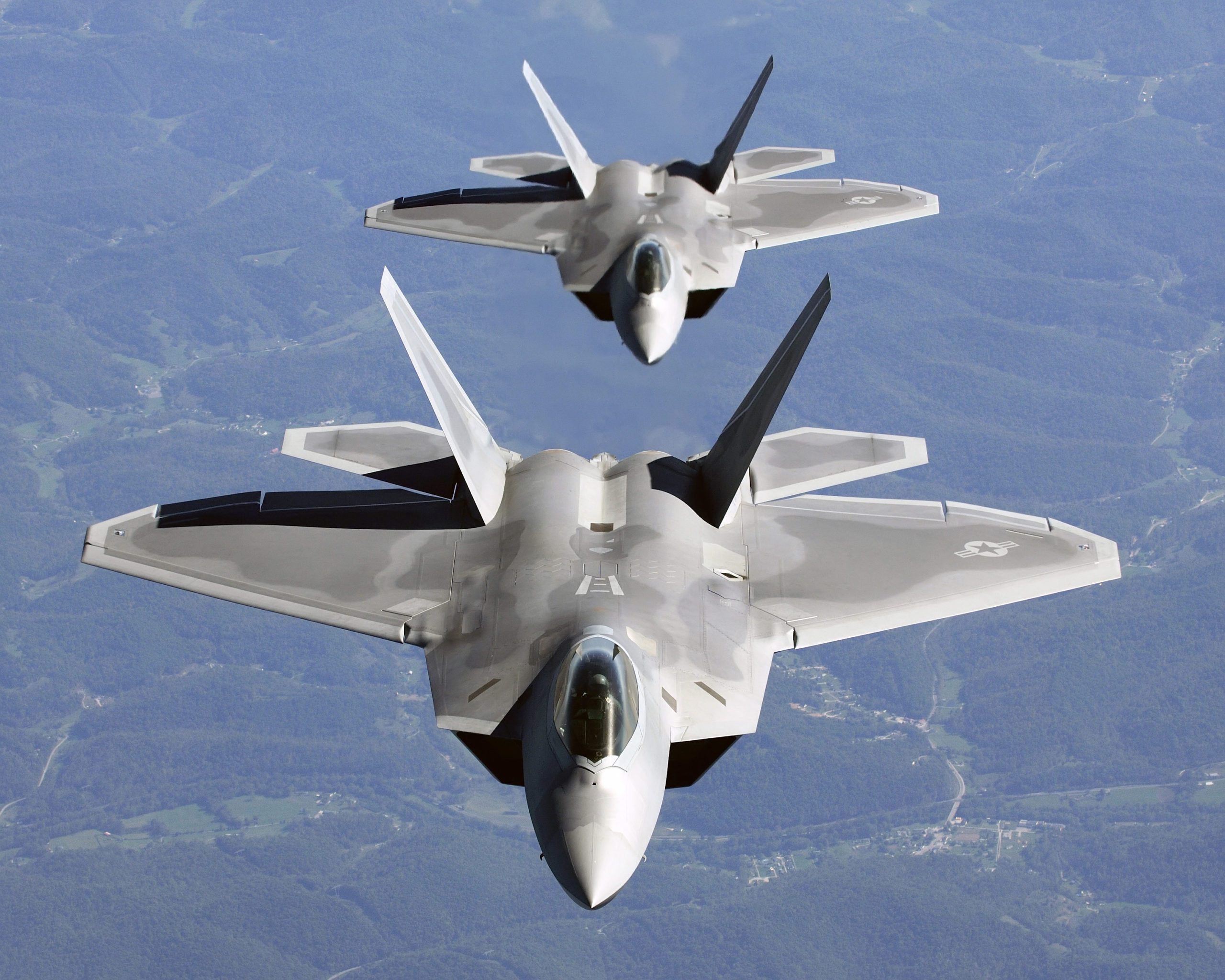

/https%3A%2F%2Ftf-cmsv2-smithsonianmag-media.s3.amazonaws.com%2Ffiler%2F06%2F39%2F06391f6a-7630-44f8-b3a8-551dfa53711b%2F02za_sep2014_img_6245_live.jpg)
